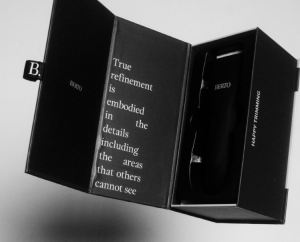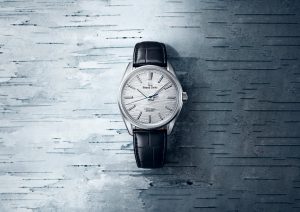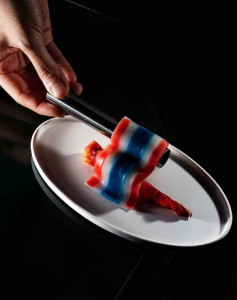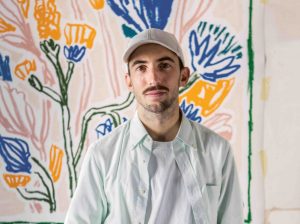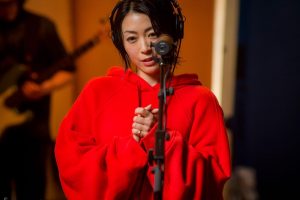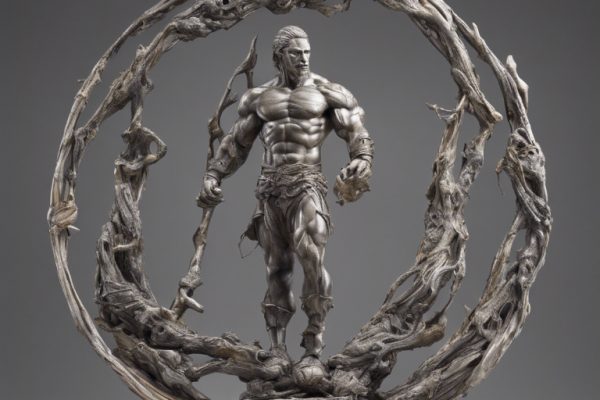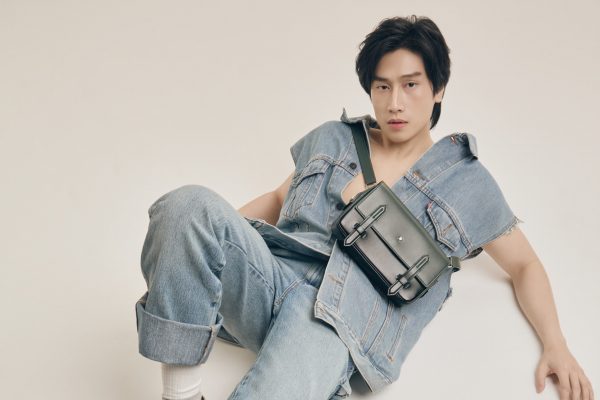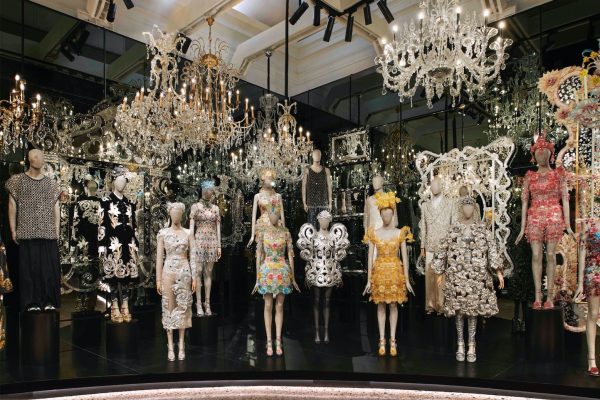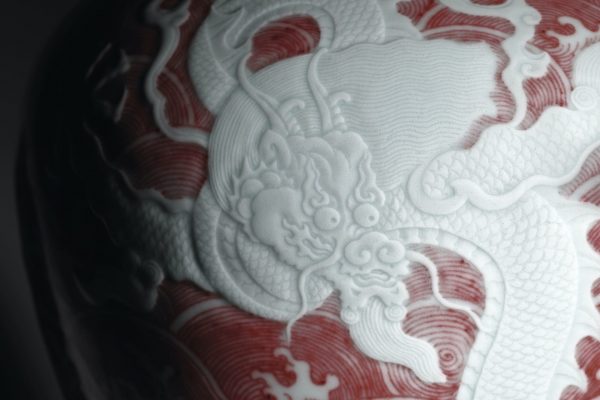Since making a name for himself in 1980s New York, artist and long-time Bali resident Ashley Bickerton has continually defied labels. He talks to Ilana Jacobs about fighting illness, forging his own path and finding beauty in flotsam
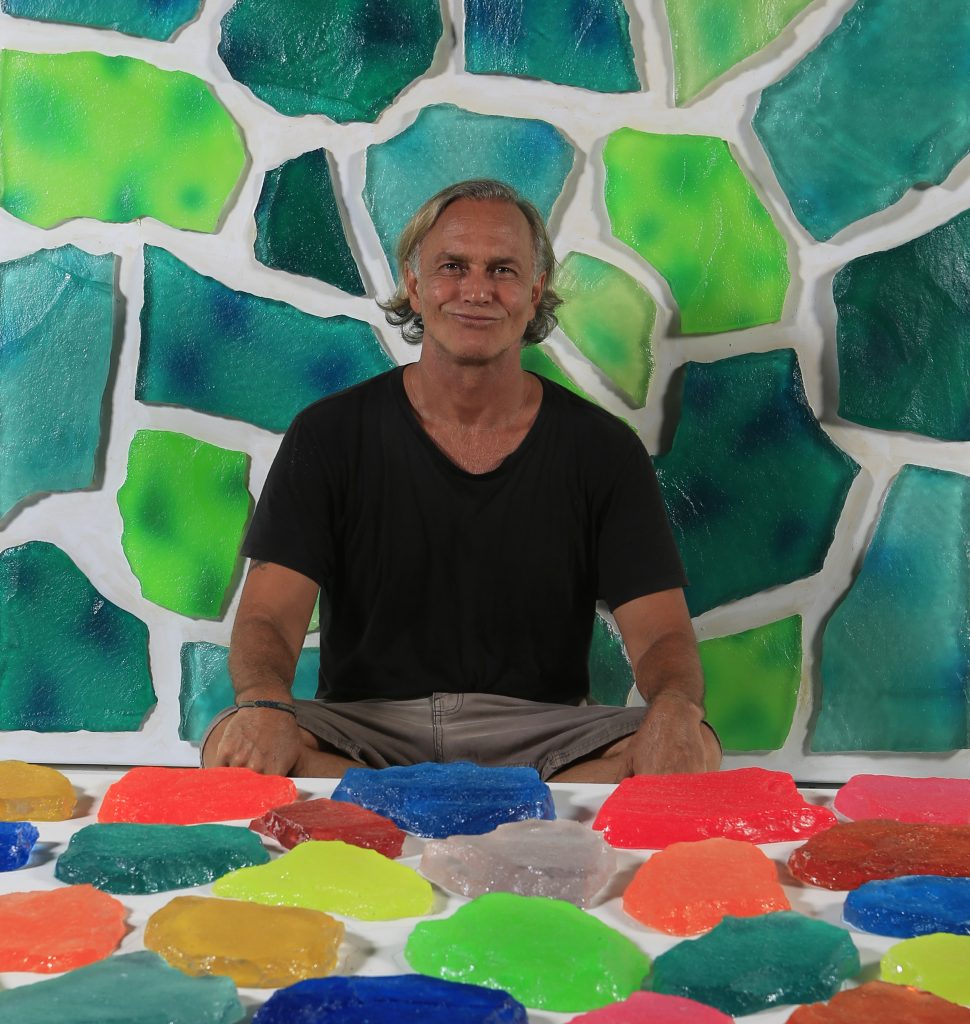
After a month-long stay in Kuala Lumpur, artist Ashley Bickerton joins our video call from his long-time home in Bali. Though born in Barbados, Bickerton spent his childhood travelling from continent to continent for his father’s linguistic field studies. Growing up as an outsider in tropical communities created a strange comfort zone for Bickerton, preferring to be the only expat in a room.
When he moved to New York in his early 20s, Bickerton experienced the alien sensation of being part of a majority for the first time in his life and absolutely hated it. “I was never quite as uncomfortable as when I went to Gavin Brown’s bar Passerby once,” Bickerton says, referring to the popular artists’ hangout on 15th Street. “It was my first time there. I was overhearing a conversation between two people and their voices, their thought patterns, their accents,” he pauses for effect, “sounded like me! I felt homogenous. I felt like they were out of the same mould and I needed to run away to somewhere where I was different. Where I was the oddity, the exception.”
Luckily, Bickerton was able to suppress the urge to run long enough to build a reputation for himself beside fellow artists Jeff Koons and Peter Halley as a pioneer of the neo-geometric conceptualism movement. Though, when asked if the moniker fit, he says, “No, it’s absurd. A friend of mine, (art dealer) Jeffrey Dietch, was the one who coined the term. I thought it was ridiculous.”
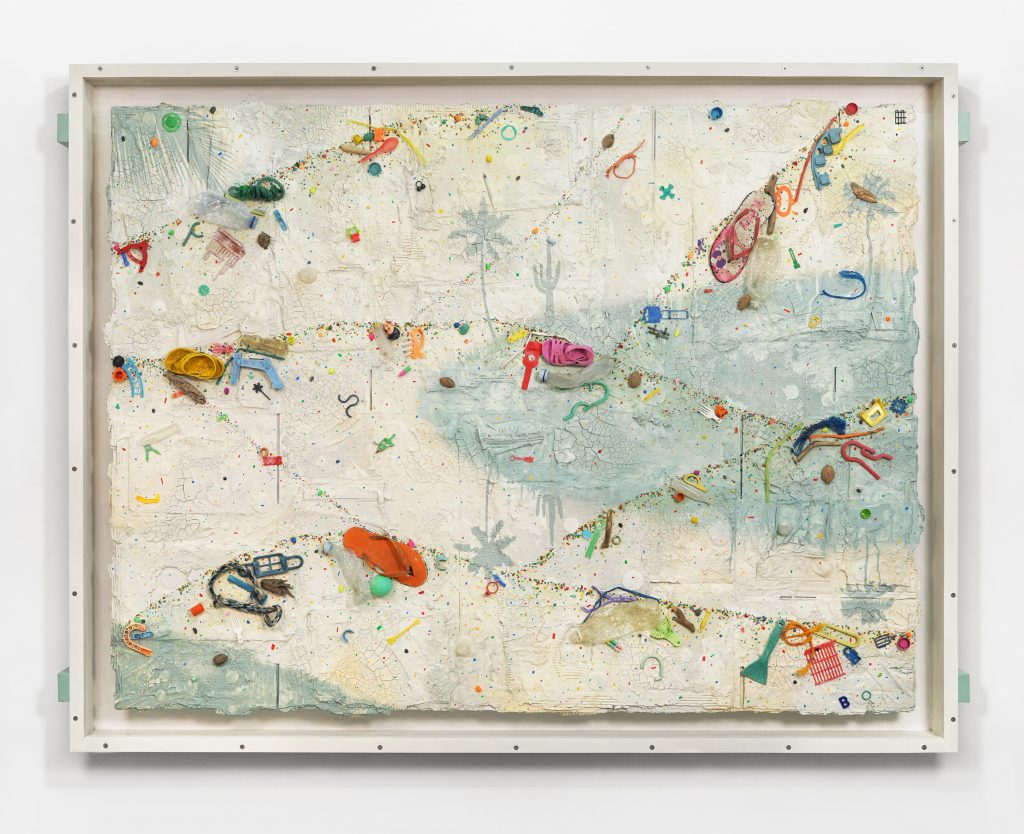
It’s not just “neo-geo” – Bickerton is resistant to any stylistic box people try to put him in. “I’ve done representational paintings, expressionist paintings, I’ve done things that aren’t paint,” he explains. “I don’t want to be pegged down by lazy art historical documentation where, ‘you represent this, stay there, stay in your lane.’ Screw it. I want to speak and I will speak about whatever I choose to speak about. That’s why I’m here and you’re not going to leave me in that bloody cubbyhole.”
Looking at his early hits and his recent Flotsam series, Bickerton’s style has undeniably changed. However, there are certain connections that can be made. In the case of his 1987 piece, Tormented Self Portrait, Bickerton found his muse in surf culture. “I watched the reaction to the ’70s pure-white boards and all-black wetsuits morphing in the ’80s into more brightly colored neon wetsuits and a sprouting of logos on everything with corporate sponsorship,” Bickerton says as he takes a sip from the green smoothie that is his breakfast.
“Everything in the bits of life, little useless things like the clips you pull off clothing when you buy them, throw them away – all of this holds such a story”
Ashley Bickerton
“I realised that every glamorous surface in society is colonised by advertising. If it’s got glamour, if it’s got cache, they want their brand to be associated with it. And I said, ‘Why hasn’t art been associated with it?’ Like, what’s a better place for a Coca-Cola logo than the bottom right-hand corner of a Richard Serra sculpture or a Donald Judd? So I thought, well, why don’t I just do that? And so I did the series of different logo pieces.”
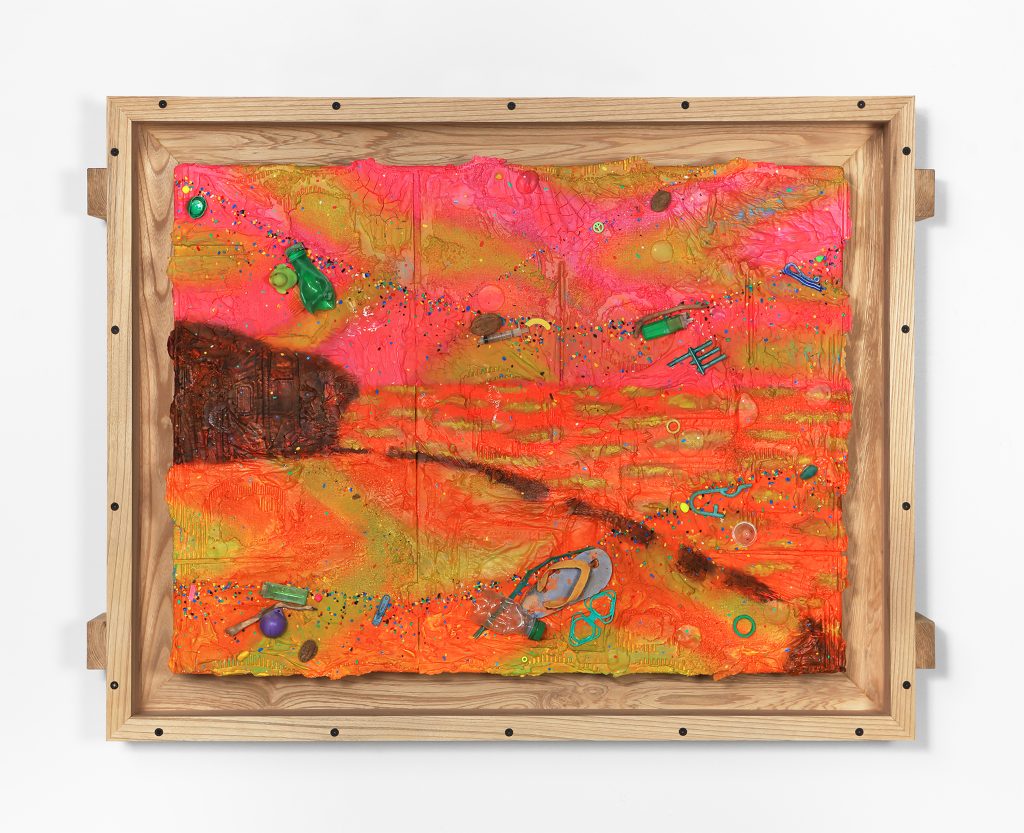
The logos gained Bickerton a huge amount of attention, attention he hopes to reclaim in the Flotsam series he has been working on for the past three years. Instead of surfers, Bickerton found inspiration in debris thrown ashore by the waves. “One day, I was down on the beach, down just a couple hundred yards that way,” he says, pointing out his window to the cliff drop beyond. “I went down with my wife and my daughter. We got there and it was high tide and waves were crashing against the cliffs. We sat there watching as the water receded.
“And just sitting there in the reverie of the moment, I realized, there it was, all around me, these undulating vestibule lines that the highest of tides had left. In these perfect undulating lines on the beach, all these flotsam, both organic and human-made, had washed up in this sort of shape. And I’m like, ‘There it is! That’s everything I want to say.’ It’s all the molecules in the world moving. Everything in the same residue of human narrative, in the bits of life, little useless things, like the clips that you pull off clothing when you buy them, throw them away – all of this holds such a story.”
Beside the human narrative, there are also apocalyptic tones, a darkness that he has thread throughout his career, even calling his pieces “end-time work”. Though that may change soon. Taking on a more serious tone, Bickerton confides, “One of the reasons I was in Kuala Lumpur was because I was in the hospital.
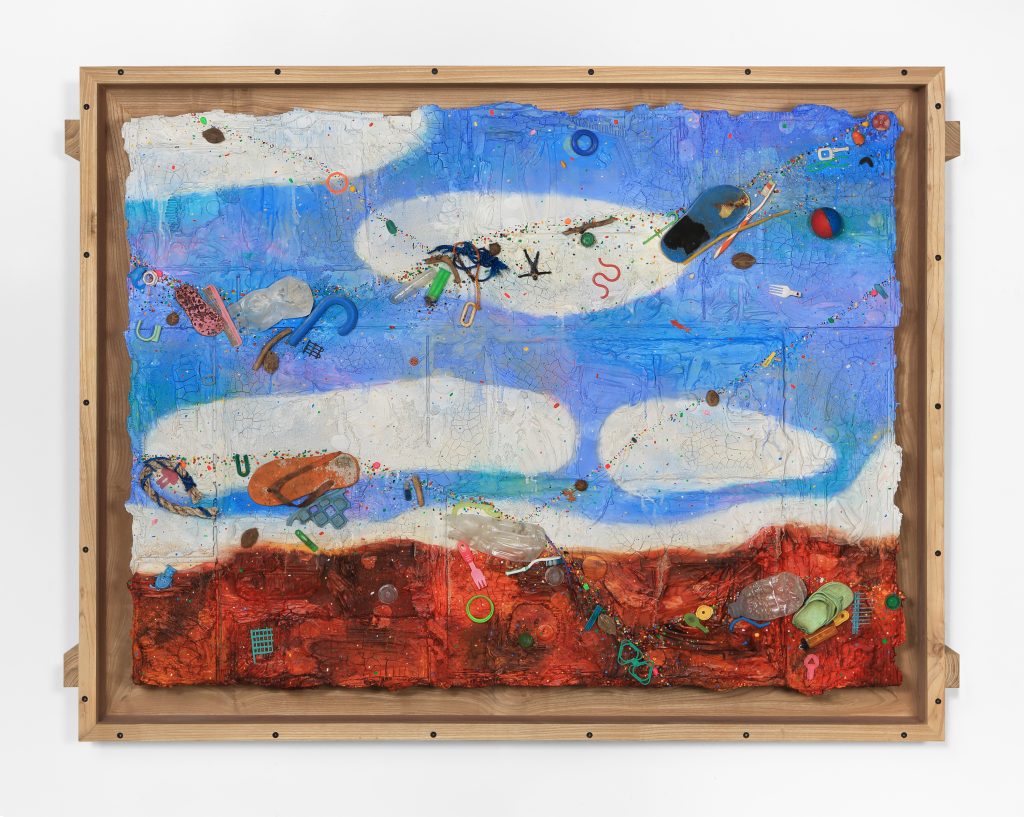
“You can go on my website and see a video that I did of my studio, and you know, the whole thing is a 12-minute video and I’m running up and down the stairs to my studio, but the irony is that was a week before I couldn’t do it,” he says, referring to recent mobility issues brought on by spinal stenosis. “When something life-changing like this happens, it’s all hands on deck, you’re in a hurricane on a small boat.”
Until now, Bickerton has only shared his condition with close family and friends – “I don’t like to complain as much about this kind of thing, but it’s my journey now, it’s my story to tell.”
While it cannot be described as optimism, Bickerton speaks with a determined acceptance. In his own words, “All I want is to be able to function and make art, that’s all I really care about. Oh, and not be a burden to my family.”
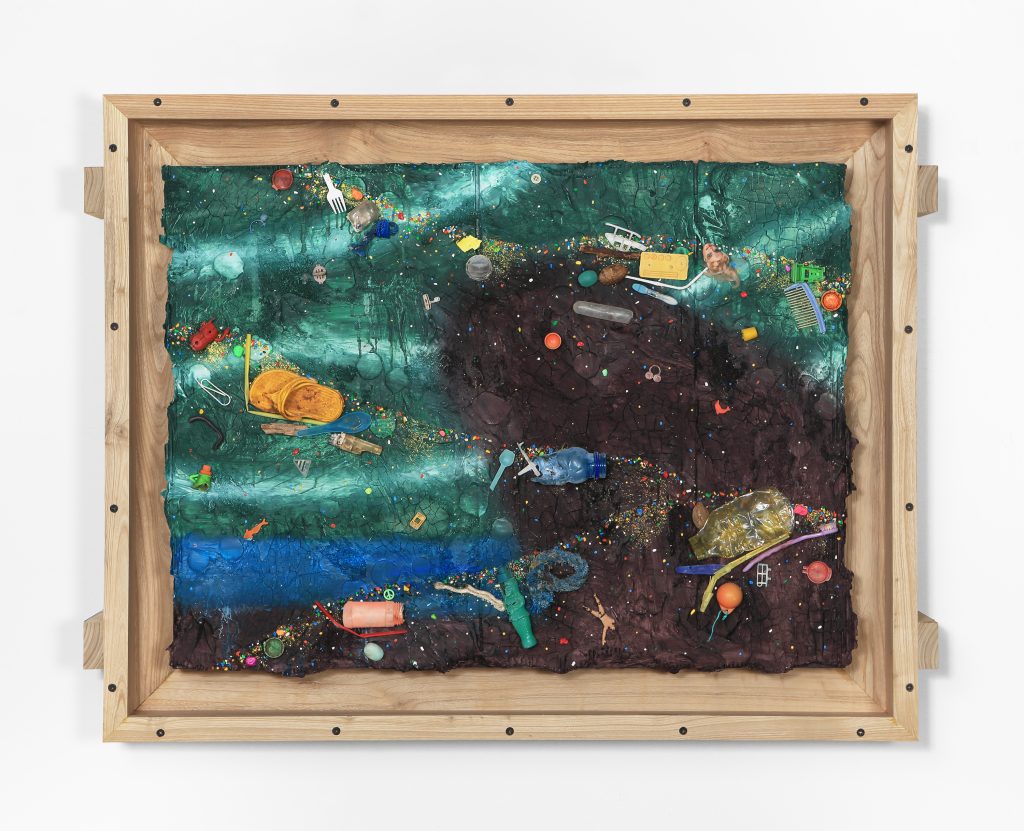
In that vein, Bickerton follows a strict care regimen, including an all-fruit diet, hence the smoothie. The plan also includes mindfulness practices that may light his future art with a more hopeful note than the rest of his portfolio. “Part of my healing, if there is to be any and which I take quite seriously, is a meditation process in which I have to eliminate negativity and judgement and come to terms with certain things that have presented themselves as internal obstacles to my biome. And in order to do that I’ve got to let go of things and embrace empathy and love and all that, and I have a long history of embracing darkness.
“So, we’ll see. It’s part of the story now and actually I think it might fit nicely, it might dovetail rather well with one’s mortality and the sort of infinite, cosmic spaces I paint in the paintings, and the sort of flotsam, the residual of lives lived, there’s something very immortal and infinite about it all, in which death becomes a very key ingredient. So I kind of want to go there. It’s an area that’s quite fascinating, and let’s see what it brings to the work. Hopefully it’s something good.”
Learn more at lehmannmaupin.com/artists/ashley-bickerton





